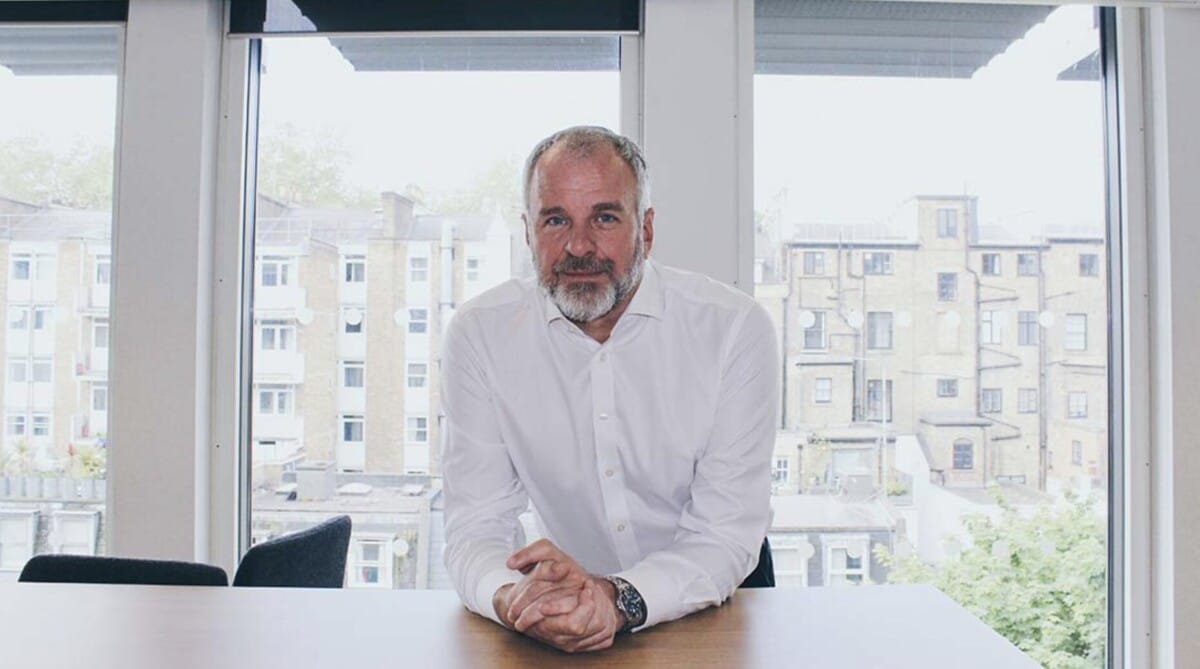The UK’s Smart Pension already exceeds £5 billion and is one of the fastest growing defined contribution Master Trusts in the country. Launched in 2014 it serves more than 1.4 million members and more than 70,000 employers in the UK. It receives regular contribution inflows of £1 billion annually and anticipates doubling within three years.
“Smart Pension was initially launched in response to the UK Government’s change to make it a legal requirement for UK businesses to set up and contribute into a workplace pension plan for their employees,” Paul Bucksey, chief investment officer of Smart Pension tells Top1000funds.com.
Alongside organic growth, Smart Pension has expanded through a string of strategic consolidations. In July 2023 it acquired Evolve Pensions, a leading provider of UK workplace pension services. This acquisition was the latest in a consolidation strategy which now includes nine former master trusts.
Bucksey predicts that consolidation in the UK DC landscape will continue, moving from around 1,800 single employer trusts and 35 master trusts today to just “hundreds” of single employer trusts and “about 15 master trusts” in the next five years. “The number of master trusts will reduce considerably, and the UK government and regulators are pushing towards that.”
“The workplace pension marketplace is changing fast, and master trusts are key drivers of that change. More and more employers in the UK are using these simple and effective retirement savings structures to reduce risk, lower costs, improve oversight and upgrade the investment options available to their employees. They offer significant potential benefits to both employers and members,” he continues.
Bucksey argues that winning market share depends on delivering better value for savers. Size and efficiency are important but a leap forward in technology is also essential. Much of the industry is still underpinned by clunky and expensive 20th century IT systems, amplifying risk and frustrating opportunities to create value for employers and members, he argues.
“We offer a number of investment options our members can use if they wish to make their own investment decisions, but most use one of our managed strategies where we automatically move them as they get older into asset classes that are more aligned with how they may choose to access their pension savings. These changes begin to be made when a member is eight years from their selected retirement age.”
evolving Investment strategies
The Smart Sustainable Growth fund (used in the growth phase of the most popular managed strategy) has a typical bundled charge of 0.30 per annum.
“The asset allocation of the Smart Sustainable Growth fund is 80 per cent in equities, 10 per cent in fixed income and 10 per cent in private credit. When setting the asset allocation, we are looking to optimise returns for our members against volatility and cost,” Bucksey says.
He explains that within the equity bucket, Smart Pension has focused on reducing emissions and has also allocated to a biodiversity strategy. Similarly, the fixed income bucket is invested in green bonds.
“We are reviewing the asset allocation and may increase the allocation to equities slightly,” he says.
“Our technology allows us to keep our administration costs down which in turn allows us to spend proportionally more on investments than most of our competitors. In addition to integrating more expensive ESG components into our investments, we’ve also been investing 10 per cent of the Smart Sustainable Growth fund in a private credit strategy for almost three years now.”
Bucksey adds that investing in illiquid assets will improve returns for members and provide greater diversification going forward. “We are actively looking at private renewable infrastructure as well as private equity right now, and I would expect that we will be investing in these asset classes by the beginning of next year.”
“Having very strong recurring inflows enables us to invest in longer term and less liquid assets already. As our AUM gets closer to £10 billion, we expect to be able to invest on a direct basis which should provide us with additional opportunities that aren’t currently possible using pooled funds.”
Technoligical advancement
Bucksey argues that as the UK pensions industry faces transformative shifts due to the Mansion House reforms and the exploration of a ‘pot for life’ model, the imperative for technological advancement has never been more pronounced.
For pension providers, this means prioritising technological upgrades not just for compliance, but to effectively reduce administration costs and deliver higher quality investment solutions and an improved customer experience.
The winners and the consolidators will be those that embrace and invest in their underlying technology ahead of the inevitable changes that are coming, not only to avoid passing higher entry costs to members but also to help ensure the industry is equipped for the demands of a rapidly evolving financial landscape, where both efficiency and adaptability will be key to success.
“We’re uniquely positioned to deliver on this. Right now many of our industry’s best improvements are coming from digital solutions and master trusts,” he concludes.



